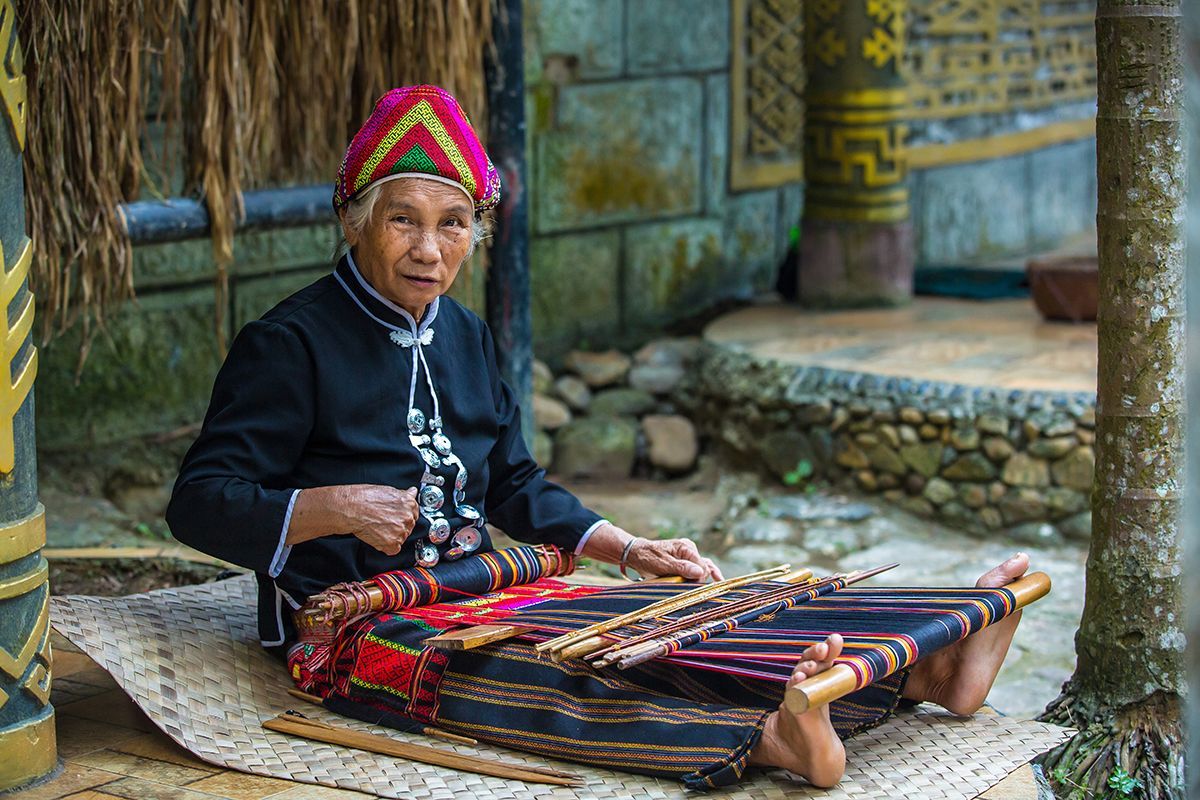© This article is an extract from Paul Hattaway's epic 656-page China’s Book of Martyrs, which profiles more than 1,000 Christian martyrs in China since AD 845, accompanied by over 500 photos. You can order this or many other China books and e-books here.
1900 - 222 Orthodox Martyrs
June 10-11, 1900
222 Orthodox Martyrs
Beijing
The St. Sophia Orthodox church in Harbin.
The Russian Orthodox Church was first established in Beijing in 1685, after a 15,000-strong Chinese military force captured the Russian fortress of Albazin on the Amur River. A number of families were taken prisoner and settled in Beijing. These refugees, who came to be known as “Albazinians,” established the first Orthodox church in the city. For the next two centuries Orthodox Christianity had a minor presence in China, “confining itself to the care of the Albazinians and the training of interpreters for Russo-Chinese diplomatic intercourse.”[I] Emperor Peter the Great made the following insightful observation when the ecclesiastical mission was established:
“This is a very important enterprise. But, for God’s sake, let us be cautious and circumspect, not to provoke either the Chinese authorities or the Jesuits whose den is there since long ago. To this end, the clergymen are needed not so much as scholarly, but rather reasonable and amicable, lest this holy effort suffers a painful defeat because of certain kind of arrogance.”[II]
By the 1850s there were just 200 Orthodox believers in Beijing, and the church had become little more than a cultural club. A treaty between China and Russia in 1858 saw the spiritual condition of the Orthodox believers start to change, as the priests started to spend more time building up the spiritual lives of the Christians and reaching out to non-believers. A number of Chinese were won to faith in Christ, with daily Chinese services started in 1897.
By the Boxer year of 1900 Orthodox churches had been established not only in Beijing but in three other provinces as well. After the chaos it was noted, “Of the 1,000 flock of the Russian Ecclesiastical Mission about 300 have been lost. A few of them renounced the Faith, but most, numbered 222, became holy confessors and martyrs for Christ.”[III] Archimandrite Innocent, the leader of the Beijing Mission at the time, testified:
“The day of reckoning for most Orthodox Chinese was June 10, 1900. On the eve of that day leaflets were posted in the streets, calling for the massacre of Christians and threatening anyone who would dare shelter them with certain death. In the middle of the night gangs of Boxers with flaming torches spread over Beijing, attacking Christian houses, seizing Christians and forcing them to deny Christ. Some, terrified by torture and death, indeed renounced the Faith in exchange for life and burned incense before idols. Others, undaunted, confessed Christ. Their fate was horrible. They were ripped open, beheaded, burned alive.”[IV]
The account goes on to describe how the Orthodox catechist Paul Wang was slain as he knelt and offered a prayer to God. Ia Wang, a mission schoolteacher, was slashed with Boxer swords and buried alive, the Boxers believing she had been murdered. A passer-by heard her groaning and took her to his house, but the Boxers returned and tortured her to death. Many descendants of the Albazinians who had first come to China in 1685 were among the dead. Clement Gui Lin, Matthew Zhai Zuang, his brother Witt Zhai Zuang, and Anna Zhui were just a few among the many who “met death with courage, praying the Saviour for their tormentors.”[V]
A believer composed the following poem reflecting on the 222 Orthodox martyrs who spilled their blood on Chinese soil:
In a pagan land ye were enlightened by the Orthodox Faith,
and having lived in the faith a little time,
ye inherited the eternal Kingdom.
By the purity of your Christian ways
ye put to shame the false Confucian piety
and trampled demon-inspired Buddhism underfoot as refuse,
sanctifying the Chinese land with your blood.[VI]
Despite the destruction, in the years after 1900 the Orthodox faith found a fresh start. By the end of 1914 they had 32 mission centres in Hebei, Hubei, Henan, Jiangsu and Inner Mongolia, “enrolled 500 pupils in its schools, and claimed a Chinese baptized membership of 5,035.”[VII]
In August 2000 the Russian Orthodox Church in Moscow canonized all 222 Chinese martyrs from 1900, on the 100-year anniversary of the massacre. Descendants of the Albazinian refugees still live in Beijing today, and most remain Orthodox believers.

I Latourette, A History of Christian Missions in China, 486.
II V. P. Petrov, Rossijskaja Duhovnaja Missija v Kitae (Victor Kamkin, 1968), 14.
III “Pervye Christianskie Mucheniki iz Pravoslavnykh Kitaitsev,” Za Tserkov (no.19, 1936), 1-3.
IV “Pervye Christianskie Mucheniki,” 1-3.
V “Pervye Christianskie Mucheniki,” 1-3.
VI Cited on the www.allsaintsofamerica.org website.
VII Latourette, A History of Christian Missions in China, citing figures from the China Mission Year Book (1915), 583-584.




